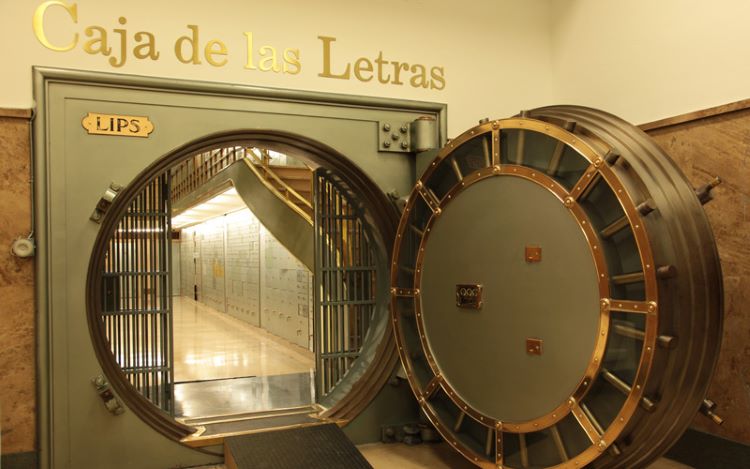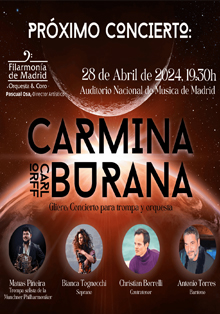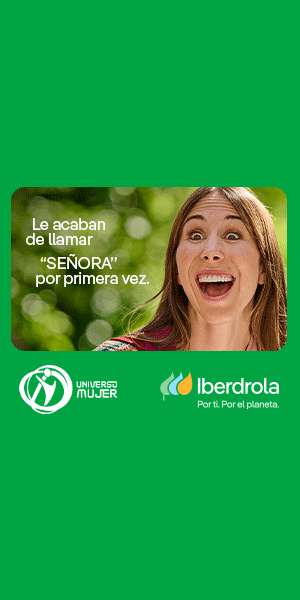Eduardo González
The Instituto Cervantes will open to the public tomorrow, for the first time and on the occasion of the Cervantes Week celebration, a good part of the legacy that is kept in the Caja de las Letras (Box of Letters) .
The legacies have been delivered by prominent protagonists of the culture of Spain and Latin America, who have been depositing them since 2007 – the writer Francisco Ayala, winner of the 1991 Cervantes Prize, inaugurated this cultural ritual – in one of the 1,800 safe deposit boxes of the former bank whose building, built in 1918, today houses the Cervantes headquarters in Madrid.
The same showcase that shows Ayala’s legacy is expressly dedicated to the Cervantes prizewinners, such as Miguel Delibes, Rafael Sánchez Ferlosio, the Uruguayan Ida Vitale, the Hispanic-Nicaraguan Sergio Ramírez, the Chilean Jorge Edwards or the last winner, Luis Mateo Díez.
“These deposits, which have never left their boxes in the Caja de las Letras, are revealed as symbols of a complete life dedicated to literature, art, music, theater or science,” highlighted the main institution of Spanish cultural diplomacy.
The exhibition, titled The greatest wealth. Selected legacies from the Caja de las Letras and which can be visited until June 16 at the headquarters of the Instituto Cervantes in Madrid, will allow you to see the typewriter of the Chilean poet Nicanor Parra, the slippers of the Cuban dancer Alicia Alonso, the box of music and a flute from the childhood of the editor Mario Muchnik, the watch of the Hispanist John Elliott, the ring of the father of the dancer Víctor Ullate or the brass bracelet that the father of the Mexican writer Elena Poniatowska wore while fighting in the Second World War .
The exhibition also shows a selection of in memoriam legacies, that is, of deceased personalities. Among others, you can see those of the Colombian Nobel Prize winner Gabriel García Márquez, a chest with earth from his birthplace in Aracataca; that of the playwright Antonio Buero Vallejo, his pipe and one of the pens with which he wrote his dramatic works; that of the poet Miguel Hernández, a first edition of his earliest collection of poems, Perito en lunas (1933), or that of the Argentine musician and composer Atahualpa Yupanqui: handwritten postcards sent during his trips to the wife of him.
Objects (manuscripts, drafts, documents, new or old books, pens, glasses, typewriters, diplomas, academic records, press clippings, letters, proofs, photographs, drawings, folders) will also be exhibited to the public for the first time. , hats or dresses) left by the Peruvian writer Alfredo Bryce Echenique, the scientist Margarita Salas, the Nicaraguan poet Claribel Alegría, the writer Ana María Matute, the sculptor Cristina Iglesias, the Cuban writer Leonardo Padura, the musician Cristóbal Halffter, the poet Joan Margarit or the musician Joaquín Sabina.
The Los Machado Mailbox deserves special mention. Located in box number 1722 of the old vault, it contains letters, poems, writings and drawings that personalities, politicians, anonymous citizens and schoolchildren dedicated to Antonio and Manuel Machado, many of which are exhibited in this exhibition. In addition, an urn with soil from three Machadian cities is on display: Seville (where the brothers were born), Madrid (where they both lived for many years) and Colliure (where Antonio died in exile and is buried).







